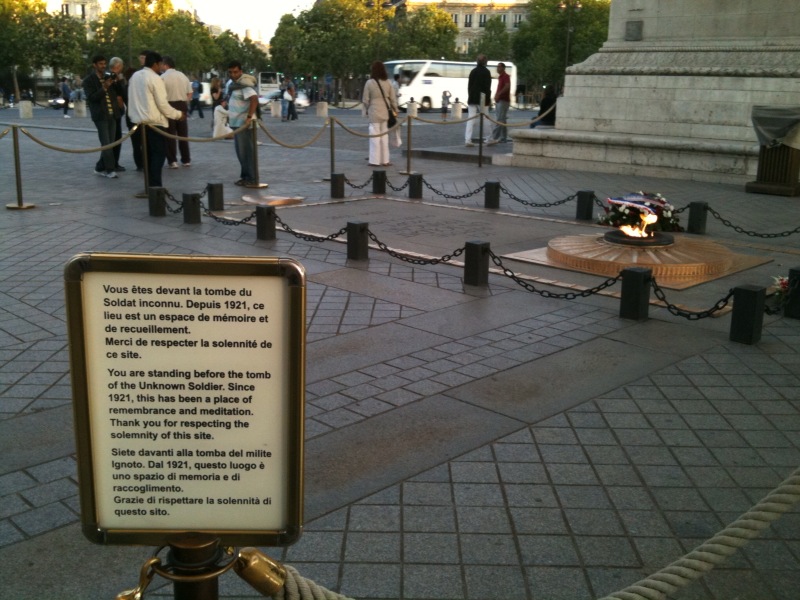
Kieran’s Our City, Our Town, Cork Independent,
In the Footsteps of St. Finbarre (Part 225)
Strangers and Shadows
“Outside of here, there must be a world. There’s other places and colours, and there must be cities and towns and villages with people, right? Stories must clash about and finish abruptly or start afresh and live for moments or maybe days even. And these stories must be shapeless and free and twist into new directions and possibilities….and people move from one story to the next, from a moment’s conversation to a whole life’s dialogue, maybe” (Enda Walsh, 2010, Penelope, p.49).
It began as an early day-a 5.30am family funeral. The family dog had died over night. In the early morning daylight and surrealness of being shocked and upset, the back garden unfolded as a funeral home. It became a place of mourning. The enclosing hedgerow and garden shed provided a setting for the grave of the 13 year old terrier, Sandy, who had been suffering from heart problems for a number of weeks. A grave was dug and the dog covered and laid to rest in a space she knew really well as her home turf.
However, in those early morning hours, it struck me that here was a private space in a sense invaded by death and its devastating wake. This place apart from being bounded by its history seems to be bound up with the mind as well. The meanings and memory of places can change according to circumstances. Currykippane which the column has discussed and its story been scratched at, has human emotion in abundance. Through the signs and symbols on gravestones, it is a place for memory to thrive. However, with such a place, not only is sincerity and loss very much present but also a form of playfulness with memory or some kind of rich power attempting to pull time and forgetting apart.
Hours later after the funeral, my planned holiday was upon me. Cork Airport is a place of coming and going and a place of beginnings of discoveries and explorations; a place that always seems to begin with one situating yourself – whether that be looking at the clock, plane number or even finding the gate. The people waiting with me for my Paris flight were engaging with a range of activities. Ipods, Harry Potter books, newspapers all brought people to other worlds and imaginative destinations. The two kids on the floor in front of me, playing with ‘dinky’ cars had a whole racecourse set up complete with car crashes and adventure until their mum stepped in and crushed their story as passengers negotiated their race car track or maybe even town or city they had made.
An hour and twenty minutes later on a plane and a thirty minute underground spin, I emerged out the dark landscapes of travel in Paris City Centre. It is believed that a settlement on the present site of Paris was founded about 250 BC by a Celtic tribe called the Parisii, who established a fishing village near the river Seine. Through civil wars, revolutions, kings, emperors, Paris survived the test of time to become a multicultural capital of a modern European state and one of the world’s major global cities. However, what is impressive about the history of this great city is how its history is presented to the public for consumption, monument after monument, memorial after memorial across the city centre.
Reading into the meanings of these memorials reveal many aspects of how people remember them. Every evening of my stay I walked up from my nearby accommodation to the Arc de Triomphe to engage with some of the atmosphere. The Champs-Élysées boulevard, which leads to the monument, seemed to create a public interaction with place as it channels people to the lit up Arc at night. The Arc de Triomphe itself tends to act as both a memorial and an object of pilgrimage. The triumphal arch honours those who fought for France, particularly during the Napoleonic Wars. On the inside and the top of the arc there are all of the names of generals and wars fought. Every night of my visit, people made their way to stand under the structure, admire its height, its lines of architecture and also the most dominant feature the burning light of the Tomb of the Unknown Soldier from World War I. The monument seems to be both personal and cultural. The monument provided some basis for self reflection as well as communication with others.
The Arc de Triomphe also serves a space for coming together. It creates an emotionally charged place and is possessed by the ongoing public gaze and the life of its visitors. Perhaps the monumentality of life is also celebrated here. But the most interesting marker I encountered was on a faded message on a tomb in Père–Lachaise Cemetery, which was one of the first landscaped cemeteries in Europe and opened in 1804. It was here that for me another aspect of the power of symbolism and memory were revealed. The most interesting element though is that I saw a similar message at Currykippane in the lovely rural setting of the Lee Valley;“There are days that might outmeasure years that obliterate the past, and make the future, of the colour which they cast”.
Heritage Open Day, this Saturday 28th , www.corkheritageopenday.ie
Captions:
554a. Arc de Triomphe, Paris (pictures: Kieran McCarthy)
554b. Tomb of the Unknown Soldier, Arc de Triomphe
